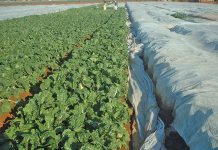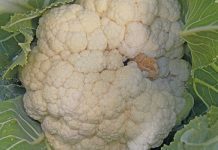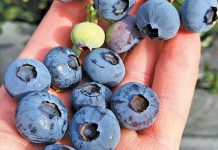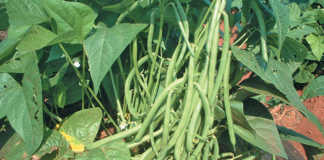
‘Continuity’ in fresh produce implies a lot more than a regular supply to the market. It entails continuity in quality, grading and presentation.
Among the many benefits of ensuring a continual supply to the market is the development of buyer loyalty. If the quality is right and the product regularly available, buyers develop an attachment to that brand. Eventually, they feel confident enough to buy it unseen, as they know that the quality can be assured.
It only takes a call from the market agent the night before for the buyer to say, “Keep me a hundred for tomorrow.”
Details such as the final price can be discussed on the market floor – and it’s highly unlikely the price will be a major issue because the buyer has what he wants.
The Weather risk for the farmer
On the farm, the main challenge to continuity is the weather. A beautiful crop, destined to sell briskly on the market, can be reduced to ruins almost in an instant. This is why large producers have production units in different areas; it alleviates the ‘weather risk’. But buyer loyalty plays a role here too.
If the buyer cannot get a favourite brand because of climatic factors, he or she will in all probability return to buying it as soon as it becomes available again.Buyer loyalty will help carry the brand through the good times as well as the bad. This said, it cannot make up for continually broken supply.
Buyers’ first loyalty remains to themselves; they want the best quality for their stores and if their favourite brand is supplied irregularly, they’ll find another. The key for the smaller farmer, therefore, is to make every effort to get their produce back on the market floor as soon as possible.













